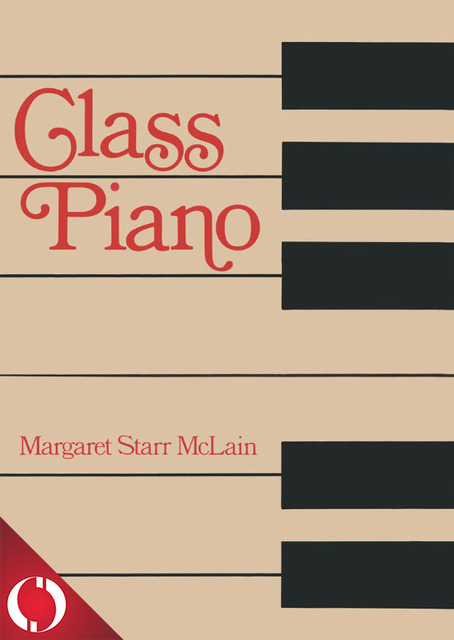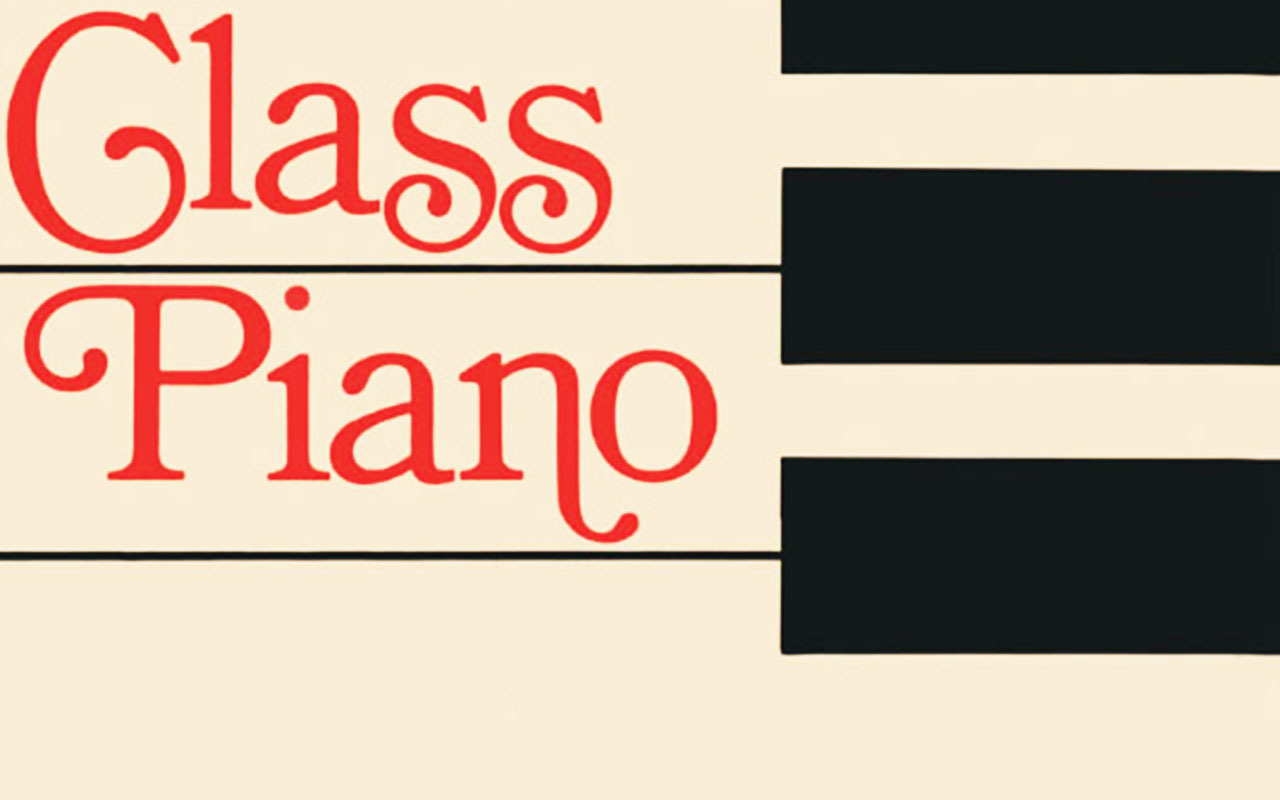Class Piano
A classroom text for conservatory and college music students that goes far beyond the mere fulfilling of curriculum requirements for non-piano majors. Designed specifically for group instruction, Class Piano teaches such valuable skills as sight-reading simple piano pieces, accompaniments, an d vocal scores; harmonizing melodies; playing by ear; and improvising. The author uses as teaching examples short piano pieces, a Bach chorale, themes from familiar symphonies, folk, patriotic, and popular songs, and original compositions. Along with the keyboard techniques she skillfully presents a basic course in music theory and with a light touch instills the principles of good musicianship.

Table of Contents
Metadata
- isbn978-0-253-05439-5
- publisherIndiana University Press
- publisher placeBloomington, Indiana USA
- restrictionsCC-BY-NC-ND
- rightsCopyright © Trustees of Indiana University
- rights holderIndiana University Press
- rights territoryWorld
- doi
We use cookies to analyze our traffic. Please decide if you are willing to accept cookies from our website. You can change this setting anytime in Privacy Settings.


